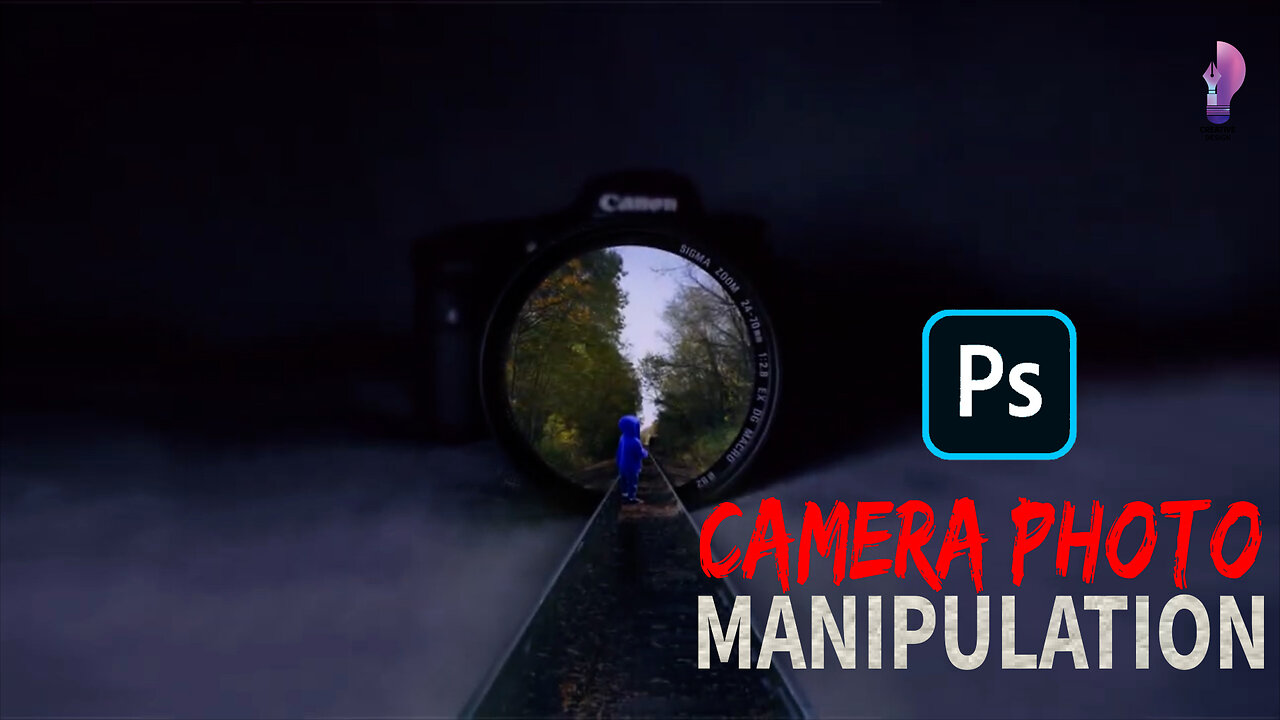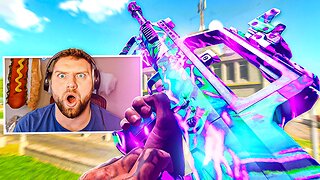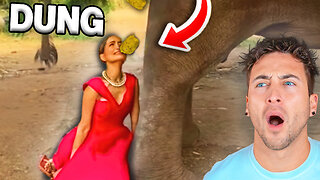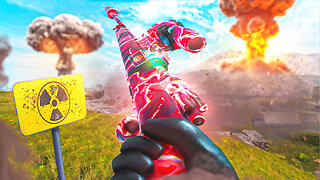Premium Only Content

Camera Photo Manipulation || Best Photo manipulation || Creative Design Adobe
Camera photo manipulation refers to the process of altering or enhancing photographs using various techniques and software tools. This manipulation can range from subtle adjustments to dramatic alterations, all aimed at achieving a specific creative or aesthetic vision. Photo manipulation can be done for artistic purposes, as well as for practical or commercial reasons. Here's a description of camera photo manipulation:
1. Basic Adjustments:
At its most superficial level, camera photo manipulation involves making basic adjustments to a photograph to enhance its overall quality. This can include adjusting exposure, contrast, saturation, and sharpness. These adjustments help improve the clarity and vibrancy of the image.
2. Color Correction:
Color correction involves adjusting the colors in a photograph to make them more accurate or to create a specific mood. This can include tweaking the white balance, adjusting individual color channels, and using color grading techniques.
3. Retouching:
Retouching is the process of removing imperfections or blemishes from a photograph. This might include eliminating skin blemishes, removing distracting objects, or smoothing out wrinkles and creases.
4. Composite Images:
Advanced manipulation techniques involve combining multiple images to create a composite. This can range from simple tasks like placing a subject against a different background to complex creations where multiple elements are combined to tell a unique story.
5. Special Effects:
Photo manipulation can also involve adding special effects to photographs. This might include adding lens flares, creating light trails, or simulating weather effects like rain or fog. These effects can enhance the mood and atmosphere of the image.
6. Creative Distortion:
Photo manipulation allows for creative distortion and exaggeration. This can include stretching or warping certain parts of an image to create surreal or artistic effects. The famous Salvador Dali "Atomicus" photograph is an example of this kind of manipulation.
7. HDR (High Dynamic Range):
HDR manipulation involves combining multiple exposures of the same scene to capture a wider range of lighting. This can result in a photograph with greater detail in both the shadows and highlights.
8. Filters and Presets:
Many photo editing software offer filters and presets that can drastically alter the appearance of a photograph with a single click. These can range from vintage looks to bold color transformations.
9. Manipulating Depth of Field:
By using techniques like selective blurring or focus stacking, photographers can manipulate the depth of field in an image, drawing attention to specific areas and creating a more three-dimensional feel.
10. Ethical Considerations:
While photo manipulation offers artistic freedom, it also raises ethical concerns. In journalistic contexts, for instance, altering photographs to distort the truth can be highly misleading. It's essential to disclose significant manipulations, especially in contexts where accuracy is paramount.
Overall, camera photo manipulation is a powerful tool that allows photographers and artists to express their creativity, enhance their images, and convey their unique perspectives. However, responsible and ethical use of manipulation techniques is crucial to maintain the integrity of the medium.
-
 LIVE
LIVE
The Charlie Kirk Show
24 minutes agoTrump the Unbreakable + The Anti-Abstraction Presidency | Marlow, Morris, Hanson, Nuclear | 8.21.25
2,408 watching -
 LIVE
LIVE
Steven Crowder
3 hours ago🔴 Woke CNN Host's Meltdown Over Trump Slavery Truth Needs to Be Examined
24,662 watching -
 LIVE
LIVE
JuicyJohns
3 hours ago $0.57 earned🟢#1 REBIRTH PLAYER 10.2+ KD🟢
183 watching -
 1:00:50
1:00:50
VINCE
3 hours agoThe Pro-Crime Left Is Officially Finding Out | Episode 108 - 08/21/25
128K115 -
 44:15
44:15
Nikko Ortiz
1 hour agoLive - News, Politics, Podcast And Naaah Im Playin We Chillen
6.3K2 -
 1:56:55
1:56:55
Dear America
4 hours agoLUNATICS Protest DC Crime Being Down 30%?! + FBI Catches A TOP MOST WANTED!!
80.8K41 -
 2:59:39
2:59:39
Wendy Bell Radio
7 hours agoThe Easy Way Or The Hard Way
47.2K61 -
 2:14:46
2:14:46
Matt Kohrs
14 hours agoBuckle Up! Markets Get Tilted || LIVE! Day Trading Futures & Options
37.6K3 -
 LIVE
LIVE
GritsGG
4 hours agoWin Streaking! Most Wins 3390+ 🧠
48 watching -
 LIVE
LIVE
LFA TV
5 hours agoLFA TV ALL DAY STREAM - THURSDAY 8/21/25
4,750 watching